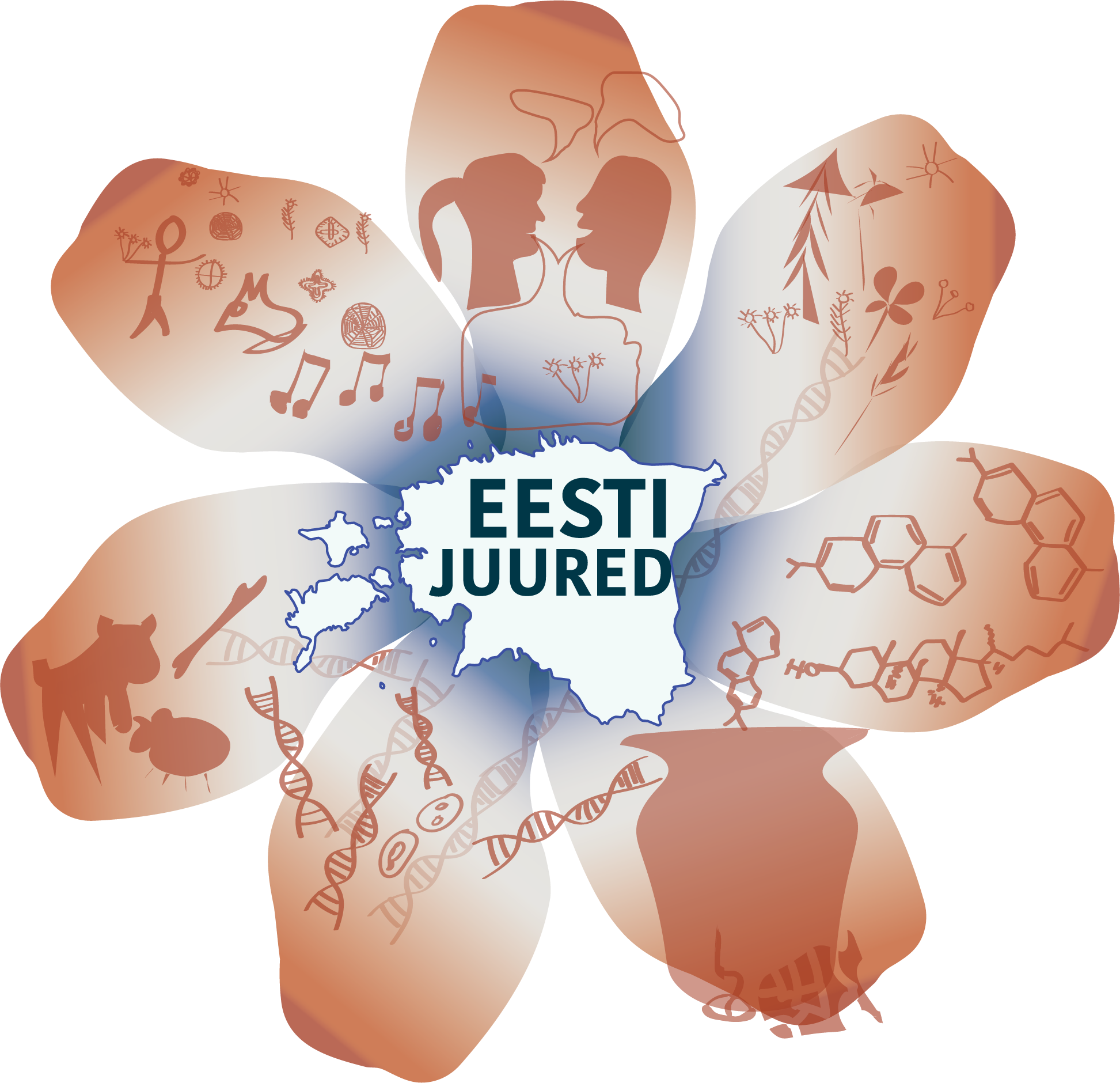After larger waves of arrivals from the east during the Middle and Late Bronze Ages, a more intense traffic along the connecting Southwestern Passage of Contacts seems to diminish. At least we don't have direct archaeological data that would point to the arrival of larger groups of people from the east during the Pre-Roman and Roman Iron Ages. This does not mean, however, that there would have been no communication. On the contrary – archaeological findings show that contacts remained and the direction of communication was reciprocal.
During the Pre-Roman Iron Age, imported artefacts from the Volga-Oka region reached especially the builders of early tarand-graves of West Estonia and the islands. Most of the artefacts do not, however, become acculturated in the local material culture, which is why it seems logical to assume that these reached here more via trade than immigration. Besides a few exceptions, these artefacts did not spread over the Gulf of Finland or the Baltic Sea. Sometime during the middle of the Pre-Roman Iron Age (c. 4th-3rd century BC), shepherd's crook pins and narrow-bladed shaft-hole axes began to be used in contemporary Estonia and Latvia, the first of which became one of the most beloved forms of ornamentation for the entire Pre-Roman Iron Age. In case of both types of artefacts, it is likely that they arrived from the southeast, i.e., the direction of the Dniepr river. Contemporaneously many hills were fortified in Estonia, North Latvia and apparently also in neighbouring eastern regions, which probably speaks of either tensions in the local communities or the movement of certain groups. During the Late Roman Iron Age (c. 3rd-4th centuries AD), a new type of shepherd's crook pins reached Estonia, the origin of which is again in the upper course of the Daugava and Dniepr rivers. The geographic extent of the contact networks during the Late Pre-Roman and Early Roman Iron Ages is expressively shown by the extent of the Late Textile Ceramic region from South Estonia to the Middle Volga region; later this region diminished.
The interpretation of the mentioned cultural influences does not always necessitate migrations. Similarly the question was not only about West Uralic and Finnic contacts, because the process also included early Baltic tribes.
Later contacts between the Volga and Baltic regions
Archaeological finds show that after the arrival of those people who initiated the foundation of the first tarand-graves by the Baltic Sea and influenced the emergence of Ilmandu- and Morby-type ceramics, contacts with the Middle Volga region did not cease. The nature of the contacts did change, however. Whereas the previous contacts led the Estonian and Finnish coastal areas to such changes that remained directing the course cultural development for many centuries, the new contacts resulted merely in imported goods that did not take root in the local culture. This difference can be interpreted so that whereas previously the case had been of groups of people moving from one place to another where they continued to observe their cultural practices they had brought with them, now it was rather objects than people that moved. Needless to say, there were also exceptions.
One such exception were the shepherd's crook pins and temple ornaments with spiral centres and spoon-shaped ends. Both types of artefacts arrive to us at approximately the same time, mid-4th-3rd centuries BC, although their points of origin apparently differ. Shepherd's crook pins – and possibly along with them also narrow-bladed shaft-hole axes – originate from somewhere in the Dniepr basin. The mentioned temple ornaments in their original form where evidently brought from the Volga-Oka region, although they were further developed in Estonia-Latvia into those, as we know them – ornaments with large spoon-shaped (not spiral) ends. Since these types of artefacts were acculturated into the local material culture, we can assume also the arrival of certain groups of people along with them. On the other hand, it is noteworthy that these ornaments did not really spread over the Gulf of Finland and the Baltic Sea (excl. individual shepherd's crook pins).
Also those types of artefacts did not reach further than Estonia that were brought as imported goods here from the Volga-Oka region during the entire Pre-Roman Iron Age. These have been found especially in the early tarand-graves of West Estonia and the islands, seldom elsewhere. Such artefacts are, for example, miscellaneous ornamental plaques, earrings, decorative pins, etc. Especially worthy of mention are the so-called Podgorcev-type azure-tipped bronze decorative pins, individuals finds of which have been found in Estonia, Lithuania, Åland and Sweden, which are, however, brought here from the Middle and Upper Dniepr regions around the mid- or third quarter of the 1st millennium BC.
The construction of fortified settlements during the Late Pre-Roman Iron Age
300–100 BC
After the fortified settlements were abandoned at the end of the Bronze Age (c. 500 BC), some centuries elapsed during which we know of almost no fortified constructions (excl. Võnnumägi). Thereafter a new wave of erecting fortifications occurred in Estonia along with North Latvia (incl. the Daugava basin) and South Finland. To date, we know of almost a quarter of a hundred hilltop fortifications from this area, whence either radiocarbon datings or archaeological finds have been obtained that belong to the Late Pre-Roman Iron Age, i.e., 3rd-1st centuries BC. Due to the dispersion of the datings, it is not clear for the time being, how contemporaneous the events are, although judging by the scarcity of the finds they were temporary everywhere.
One of the most expressive examples of the period under question is the Jägala hillfort, of which the lower level of the wall and its wooden chambers and iron arrowheads belong precisely to this period. Also the remains of a wooden (defensive?) wall were found at Iru hillfort, which stratigraphically is located between the previous fortified settlement and the later fortification. Mostly, however, we are dealing with few finds and/or individual pieces, the main message of which is limited to the use of the concrete hilltop site during the Late Pre-Roman Iron Age. Such locations were, for example, Pada II (smaller) hillfort, Alatskivi Kalevipojasäng, Aakre, Mõrgi, Narva Joaoru, etc. It is possible that at exactly this time a large stone wall was built at Salumägi, Saluvere, whereby the stone wall at Võnnumägi is slightly earlier (4th century BC).
Reasons for establishing the fortifications are not exactly known. Looking are the broader context, we see that at approximately the same time, weapons appeared in our graves: large combat knives are known from many locations, although also spearheads, axes, and even some swords have been found. In case of the axes, noteworthy is the narrow-bladed shaft-hole axe type that spread here from the Dniepr basin precisely during this time. From the same direction and period also shepherd's crook pins reached the Baltics that, for example, in Liiva-Putla cemetery often appeared alongside large knives. Examining these phenomena together, one is left with the impression of insecure times that included also direct military conflicts. Whether and how much this included the immigration of new groups of people, is, to date, not yet certain; if they did take place, they were probably Balto-Slavic tribes.


